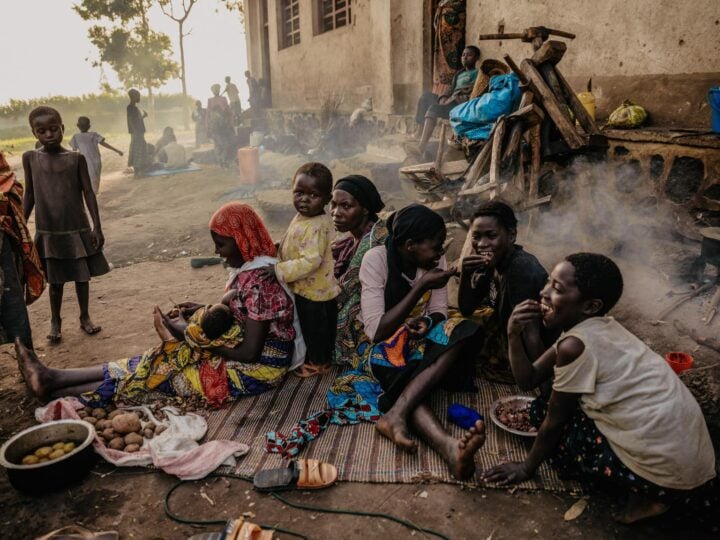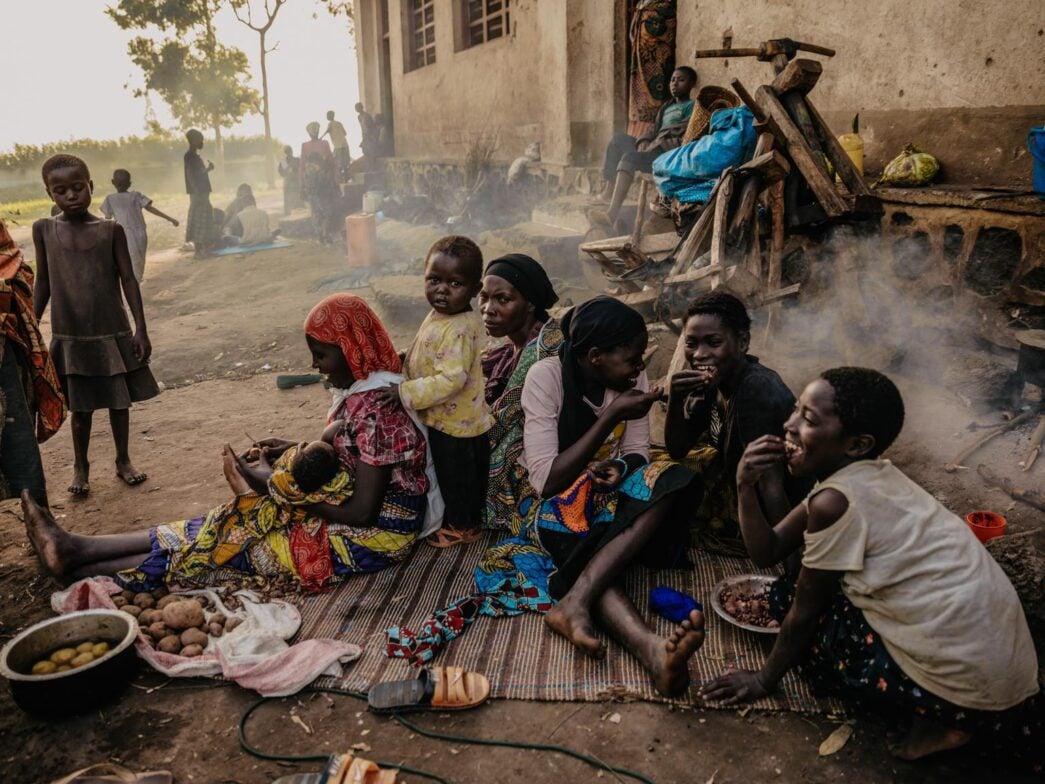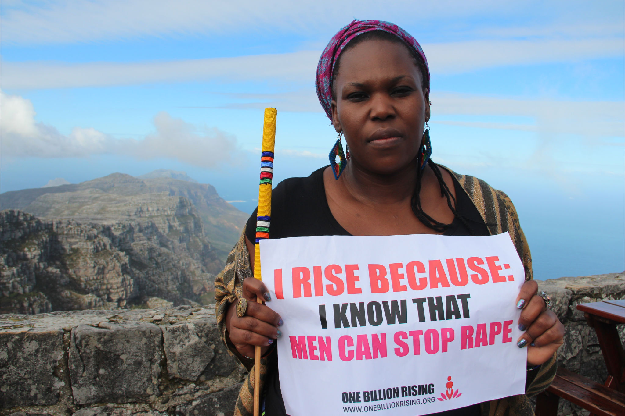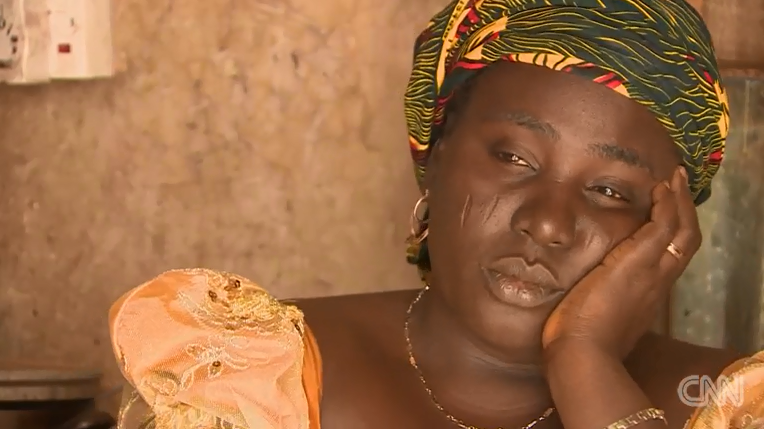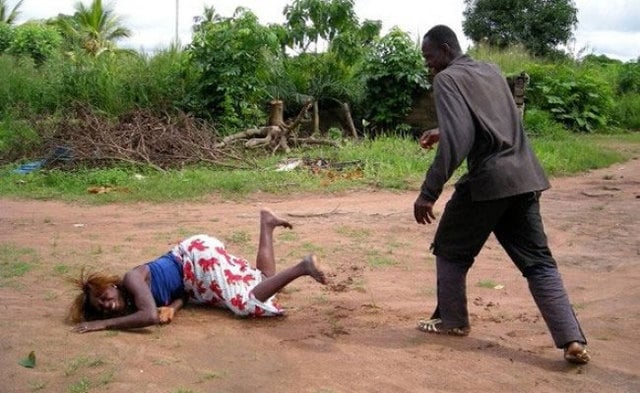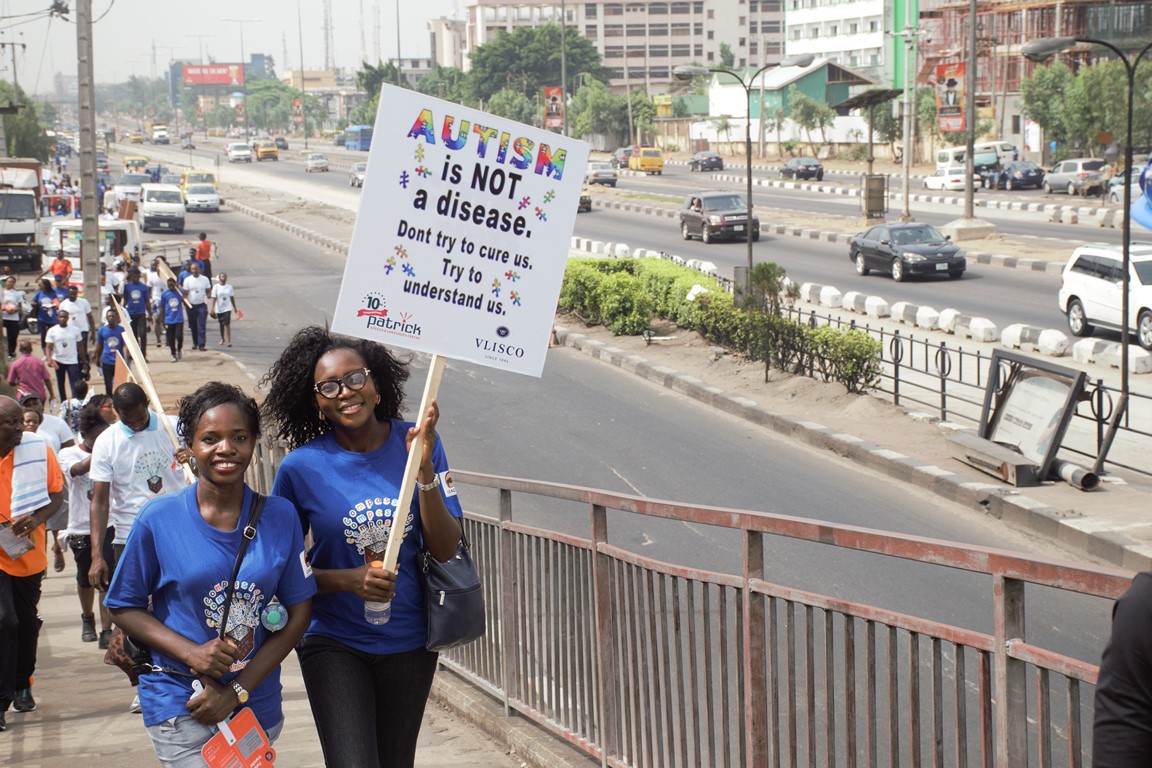Community members displaced by fighting are seen at a primary school, which is serving as a displacement site in Rutshuru, DRC. © Hugh Kinsella Cunningham / Save the Children
Data from the Integrated Food Security Phase Classification (IPC) has shown that children are feeling the most heat from the conflict between the M23 rebels and the Democratic Republic of Congo (DRC) army.
According to the IPC, the number of children facing crisis-level hunger across the DRC between January and June this year rose to 14.6 million — up from 12.3 million — compared to the same period in 2024.
The IPC equated the data to one in four children struggling to access enough food.
In a statement on Monday, Save the Children, the international charity organisation, said the crisis is particularly severe in the conflict-ridden eastern provinces of Ituri, North Kivu, South Kivu and Tanganyika.
Advertisement
“We are witnessing a catastrophic escalation of hunger among children in DRC,” Greg Ramm, country director for Save the Children in the DRC, said.
“The ongoing violence in eastern DRC has displaced millions, leaving families without access to food, healthcare, and other essential services. Poverty rates remain high, particularly in rural areas.
“The international community must take immediate action to address this crisis and prevent further suffering especially among children.”
Advertisement
Save the Children noted that without sufficient nutrients, children are more likely to suffer from conditions such as anemia, severe wasting, and developmental delays, which can have long-term consequences on their physical and cognitive development.
